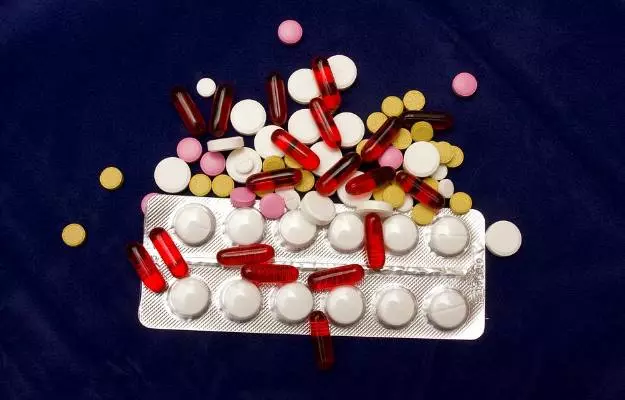Simply put, antibiotics are medicines that help us fight bacterial infections inside or on the body.
There are two key ways in which antibiotics work: by killing bacteria (bactericidal) or by preventing the growth of bacteria (bacteriostatic). Some antibiotics do a little bit of both. Some actually kill bacteria but take longer than 24 hours (the accepted criteria for bactericidal antibiotics in medicine) to do it and are therefore called bacteriostatic rather than bactericidal.
Antibiotics can be further divided into broad-spectrum antibiotics (like rifampin) which act against a wide range of bacteria or narrow-spectrum antibiotics which act specifically against a pathogenic bacteria (example, vancomycin which is used to treat infectious colitis or gut inflammation).
Antibiotics can be synthetic or they can be derived from natural sources like fungi. Indeed, the original penicillin (the first antibiotic in the world) was made from mould fungus. Synthetic drugs are made in a lab, without using any natural ingredients. Examples of synthetic antimicrobial agents that are effective against bacteria include sulphonamides, cotrimoxazole, quinolones.
In 1945, the person who discovered penicillin, Alexander Fleming, also foretold a future where people would use antibiotics indiscriminately and give rise to antibiotic-resistant bacteria. In his Nobel Prize lecture, Fleming said: “The time may come when penicillin can be bought by anyone in the shops. Then there is the danger that the ignorant man may easily underdose himself and by exposing his microbes to non-lethal quantities of the drug make them resistant.”
The world over, antibiotic resistance has indeed become a big problem today. To counter this problem, scientists are looking at new ways and drugs to fight bacteria. Medical practitioners have also become more judicious about using the latest diagnostic techniques to prescribe the right medicines for the right microbe (narrow spectrum)—thereby, reducing the chances of drug-resistance.
You, too, can do your part:
- Complete the course of medicine your doctor prescribes, even if you feel better before the course is finished.
- Go for a checkup after completing the medicine or therapy course, to know if you should continue or discontinue the medicine.
- Do not to self-medicate. Even if you get the same symptoms a second or third time, do not use an old prescription. Make sure you see the doctor again, for a proper diagnosis.
Unless all stakeholders—people like us, doctors, scientists, pharma companies—work together, there may come a time when antibiotics are no longer as effective against harmful bacteria. Scientists and doctors fear that when such a time comes, the gains achieved by antibiotics—such as increased life span—may be reversed.
Read on to know more about antibiotics: their types, uses, how do they work, side-effects and the problem of resistance.







































